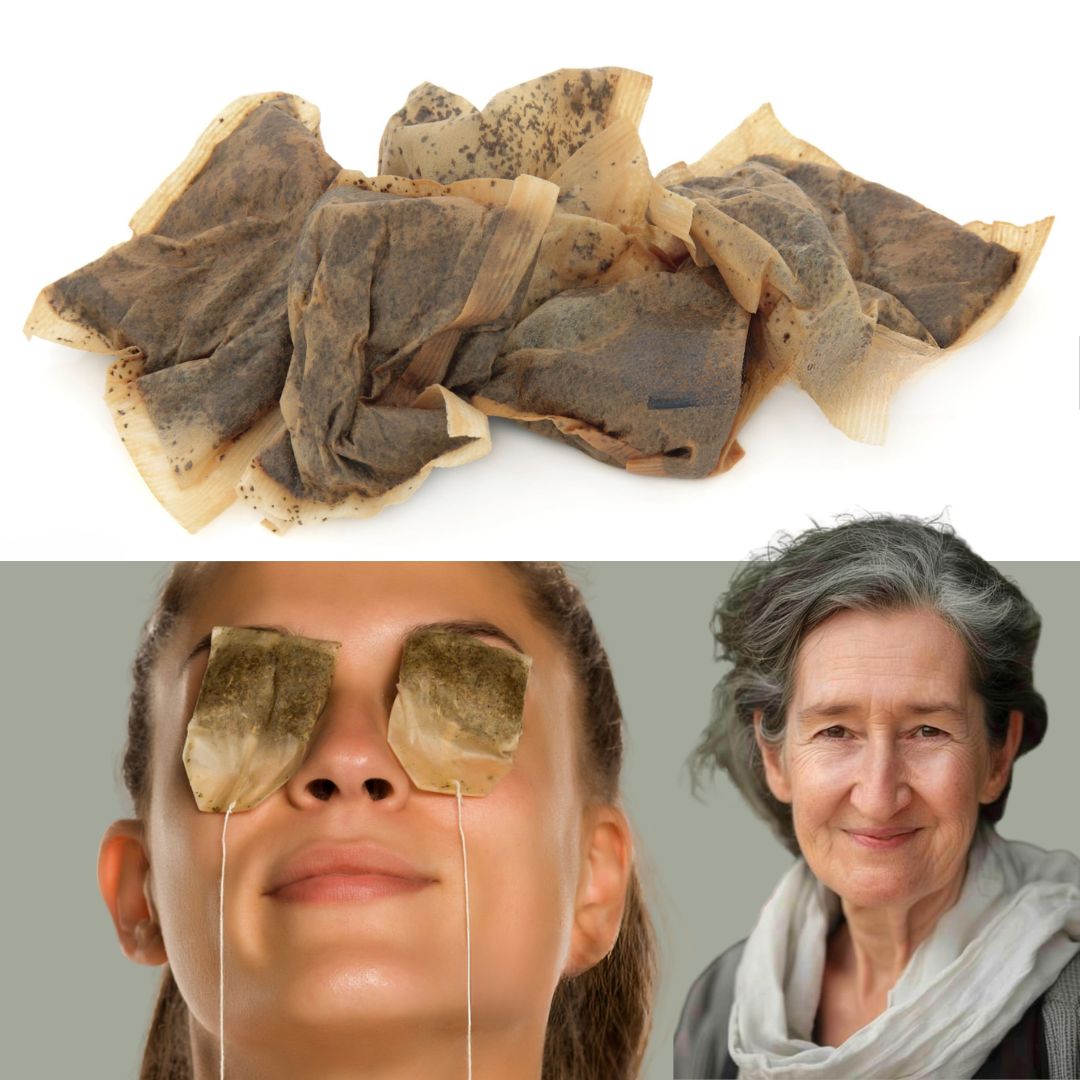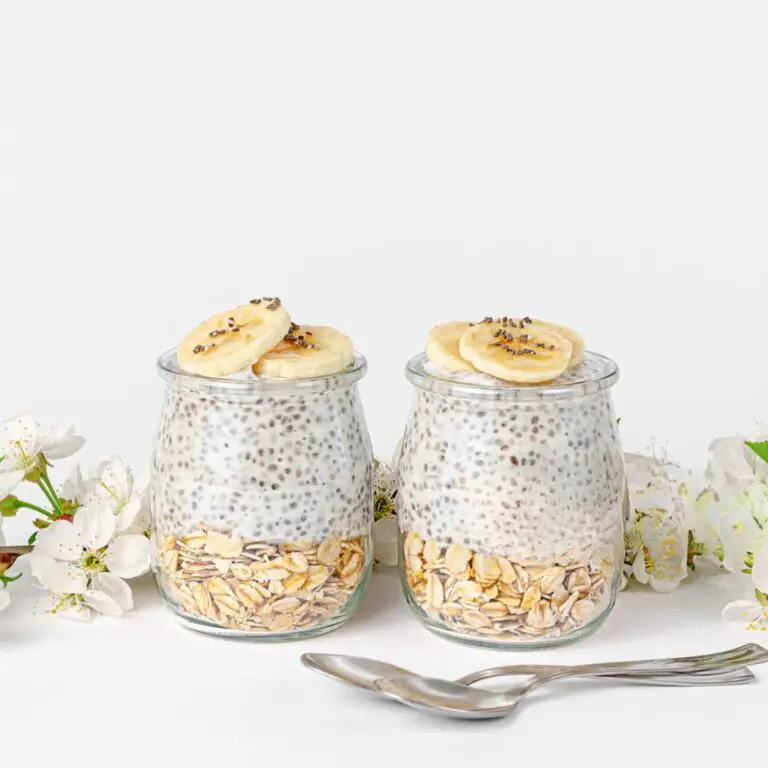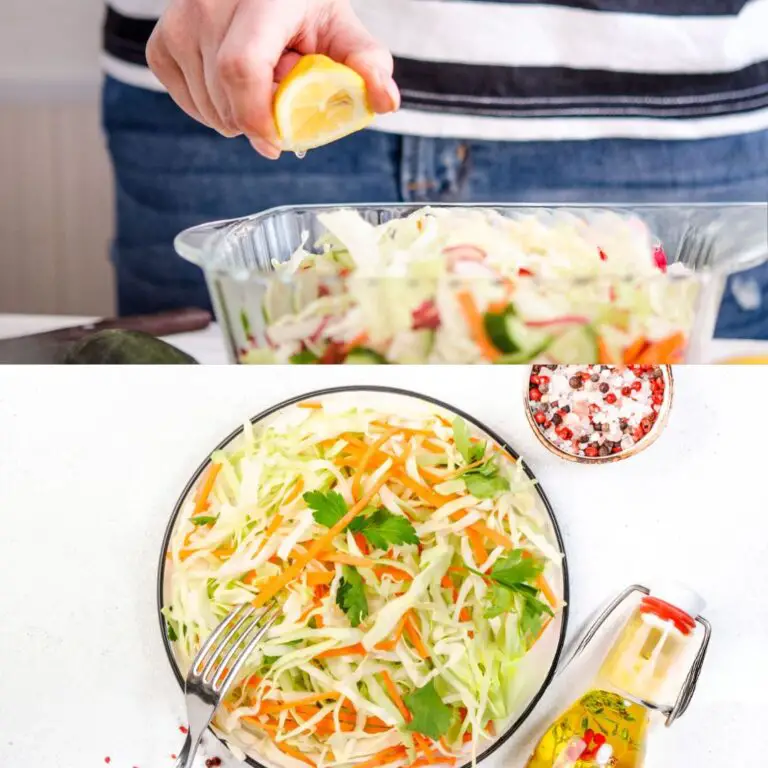You Will Never Throw Away Used Tea Bags After Watching This
Introduction
If you’re someone who loves tea as much as I do, you probably brew a fresh cup several times a day. But what happens to those used tea bags once you’ve finished steeping? Most of us toss them right into the trash without a second thought. What if I told you that those humble, spent tea bags have a treasure trove of uses that can save you money, reduce waste, and even boost your health and home environment? This isn’t just a simple “reuse” hack—it’s a lifestyle upgrade that tea lovers everywhere will appreciate. From skincare to gardening, cleaning, and even cooking, used tea bags have surprising benefits you never knew existed. Get ready to transform your daily tea ritual into something much more sustainable and practical. You will never throw away used tea bags again once you discover these incredible tips and recipes.
Why You’ll Love This Recipe (and More!)
The beauty of repurposing used tea bags is that it’s effortless and eco-friendly. You don’t need to buy anything extra or spend hours preparing complicated concoctions. With something as simple as a damp, gently squeezed tea bag, you unlock a myriad of benefits that span wellness, beauty, and household hacks. Plus, it feels good knowing you’re reducing your carbon footprint by keeping these tea bags out of the landfill.
If you’re a fan of natural remedies, homemade skincare, or zero-waste living, this guide will become your new go-to. Each use is backed by centuries of traditional knowledge and modern research alike. You’ll find recipes for DIY face masks, garden fertilizers, natural air fresheners, and even delicious dishes that use the unique flavor profiles of spent tea leaves.
Ready to dive in? Let’s start with what you’ll need and then explore how to make the most out of those used tea bags in your kitchen and beyond.
Ingredients
While this article focuses on used tea bags, it’s helpful to know what types of tea work best depending on your intended use:
- Black tea bags: Great for deodorizing, skin exfoliation, and garden compost.
- Green tea bags: Perfect for antioxidant-rich skincare, cooking recipes, and anti-inflammatory uses.
- Herbal tea bags (chamomile, peppermint, etc.): Ideal for soothing skin treatments, natural air fresheners, and flavoring recipes.
- White tea bags: These delicate leaves can be repurposed for gentle skincare and light flavor infusions.
For recipes involving used tea bags, you may also want some common pantry staples or natural ingredients on hand:
- Honey
- Yogurt
- Olive oil or coconut oil
- Baking soda
- Lemon juice
- Fresh herbs
- Water (preferably filtered)
- Natural sweeteners (like maple syrup or agave)
Necessary Tools
Repurposing used tea bags requires very little specialized equipment, but a few handy tools can make the process easier:
- Small mixing bowls: For blending skincare masks or cooking mixtures.
- A clean spray bottle: Perfect for making refreshing tea-based facial mists or plant sprays.
- A fine strainer or cheesecloth: To separate tea leaves from liquid if needed.
- A garden trowel and compost bin: For gardening uses.
- Microwave or saucepan: For reheating tea infusions or preparing recipes.
- Glass jars or containers: To store homemade beauty products or infused liquids.
- Soft cloths or cotton pads: For applying tea-based skincare treatments.
Ingredient Swaps and Additions
One of the best parts of using tea bags in recipes and DIY treatments is the flexibility to customize according to your preferences and available ingredients:
- Honey can be swapped with agave syrup or maple syrup in skincare and food recipes for a vegan option.
- If you’re sensitive to citrus, lemon juice in face masks can be replaced with cucumber juice or aloe vera gel.
- Instead of yogurt in skincare mixtures, try mashed avocado or aloe vera gel for a moisturizing alternative.
- If you don’t have coconut oil, olive oil or jojoba oil work equally well in beauty recipes.
- For garden applications, if you don’t have compost, used tea bags can be mixed directly into soil or used as mulch.
Feel free to experiment with additional natural ingredients like turmeric, cinnamon, or essential oils to enhance benefits or aroma.
Step-by-Step Instructions
1. Skin Refreshing Tea Toner
Used green or chamomile tea bags make a wonderful, antioxidant-rich facial toner.
- After steeping tea, remove the bag and let it cool.
- Place the used tea bag in a clean bowl, add a few drops of honey and a teaspoon of lemon juice.
- Gently mash the tea bag to release remaining liquid and mix well.
- Using a cotton pad, apply the mixture evenly on your face.
- Let it dry naturally before rinsing with cool water.
Tip: Use this toner twice a day for glowing skin.
2. Natural Deodorizer
Black tea bags absorb unpleasant odors in your fridge, shoes, or closets.
- Dry out your used black tea bags completely.
- Place them in areas where odors linger.
- Replace every few weeks for best results.
Tip: Add a few drops of essential oil for a personalized scent.
3. Fertilizer Booster for Plants
Tea bags contain nitrogen, which nourishes plants.
- Remove any staple from the tea bag.
- Cut open the used tea bag and sprinkle the contents around your plants.
- Alternatively, place the whole tea bag in your compost bin.
Tip: Avoid using tea bags with synthetic materials.
4. Soothing Eye Compress
Cool used green tea bags reduce puffiness and refresh tired eyes.
- After use, refrigerate the tea bags for 10-15 minutes.
- Place them gently over your closed eyelids.
- Relax for 15 minutes.
Tip: Use daily for relief from screen fatigue or allergies.
5. Culinary Uses: Flavor Booster in Broths
Used tea bags, especially green or herbal, can add subtle flavor to soups or broths.
- After brewing tea, place the used bag in your simmering broth for a few minutes.
- Remove before serving.
Tip: Try pairing chamomile tea bags with light chicken broth for a floral hint.
Pro Tips for Success
- Don’t over-squeeze your tea bags after brewing—a little moisture helps retain beneficial compounds.
- Use organic tea bags without added fragrances or chemicals to ensure safety in skincare and gardening.
- Dry tea bags thoroughly before using as deodorizer or storage to prevent mold.
- For recipes requiring crushed tea leaves, open the tea bag carefully to avoid spillage.
- Always test skincare treatments on a small patch of skin first to check for allergies.
Serving Suggestions
If you’re repurposing used tea bags for cooking, try these creative ideas:
- Add them to homemade soups, stews, or broths for an aromatic lift.
- Infuse them into sauces or salad dressings for subtle flavor complexity.
- Use the tea leaves to season roasted vegetables or grains by mixing with spices.
- Incorporate cooled tea infusion into smoothies or chilled desserts.
- Blend dried tea leaves with sea salt for a unique seasoning rub.
Storing and Reheating
- For skincare mixtures, store unused portions in airtight glass containers in the refrigerator. Use within 3 days.
- Dry used tea bags for deodorizing or gardening uses. Store in a cool, dry place.
- Leftover culinary infusions or broths containing tea can be refrigerated for up to 2 days.
- Reheat tea-infused broths gently on the stove to avoid bitterness.
- Avoid reheating skincare products to preserve active ingredients.
Nutritional Information (Based on Green Tea Bag Infusion)
- Calories: 2 per cup
- Caffeine: 20-35 mg
- Antioxidants: High (catechins and polyphenols)
- Vitamins: Small amounts of Vitamin C and B complex
- Minerals: Trace amounts of potassium, magnesium, and zinc
Used tea bags retain some antioxidants and nutrients which contribute to their therapeutic effects in skincare and health.
FAQs
Q1: Can I reuse tea bags more than once for drinking?
A1: Yes, some teas like green and white can be steeped twice, but the second brew will be weaker in flavor and antioxidants.
Q2: Are used tea bags safe for plants?
A2: Generally yes, especially organic and natural tea bags. Avoid synthetic or bleached bags.
Q3: How do I prevent mold when storing used tea bags?
A3: Dry them completely in sunlight or a warm, ventilated area before storing.
Q4: Can used tea bags stain skin or clothes?
A4: They can, so handle with care and wash hands or clothes if stains occur.
Q5: What types of tea bags should I avoid for these uses?
A5: Avoid tea bags with added artificial flavors, fragrances, or non-biodegradable materials.
Conclusion
Used tea bags are a surprisingly versatile resource that can enrich your daily routine far beyond a simple cup of tea. Whether you’re seeking natural beauty treatments, eco-friendly household hacks, or unique culinary twists, those little pouches of spent leaves hold untapped potential. By embracing these practices, you’ll not only reduce waste and save money but also add a touch of nature’s wisdom to your life. So next time you brew a cup, remember: your tea bag isn’t done yet. Explore, experiment, and enjoy the many gifts of used tea bags!







